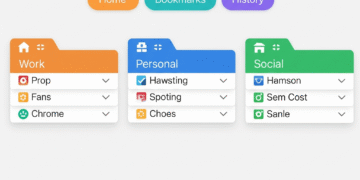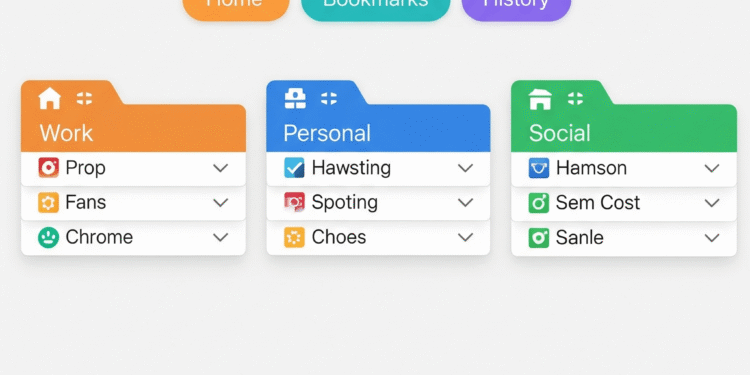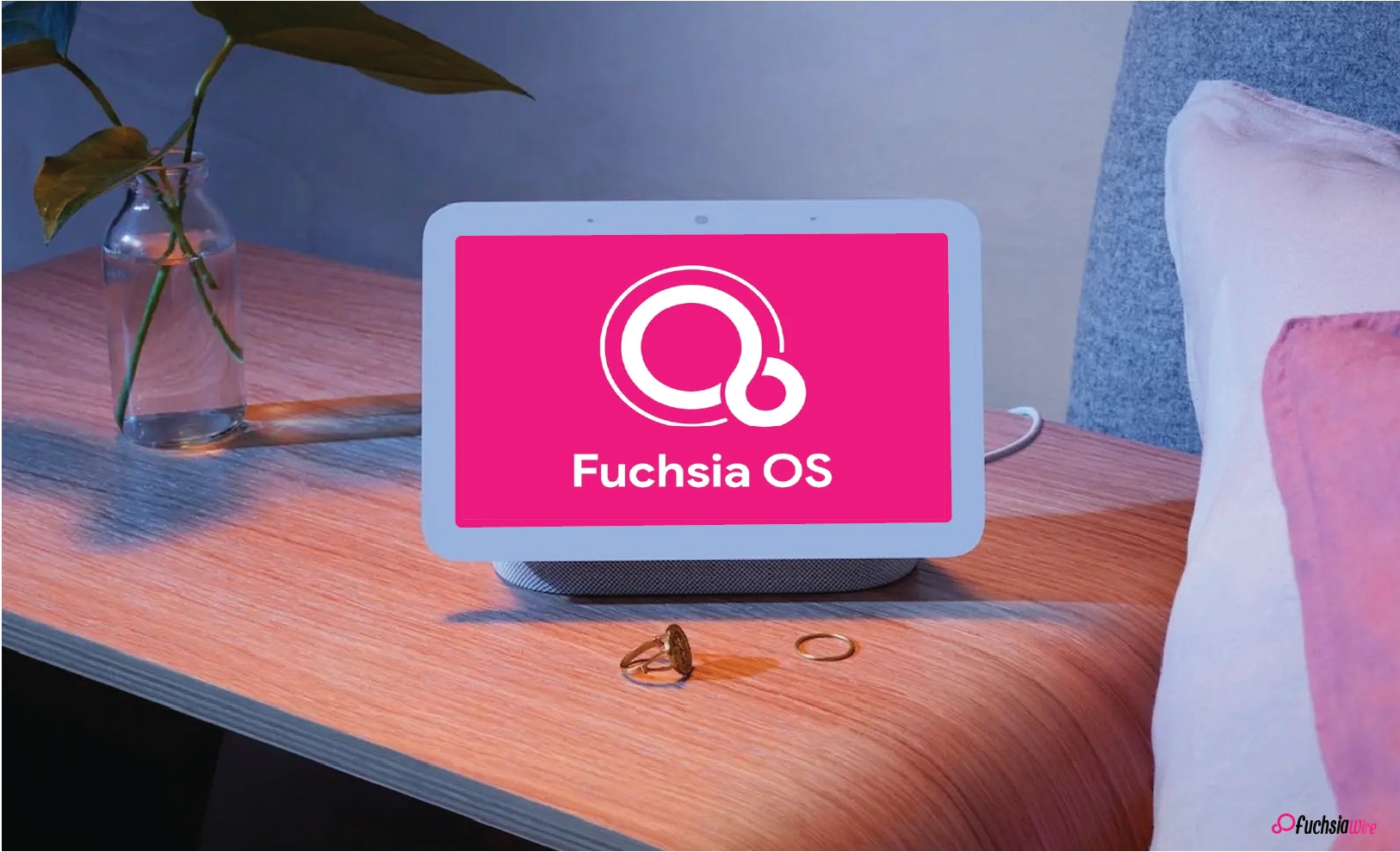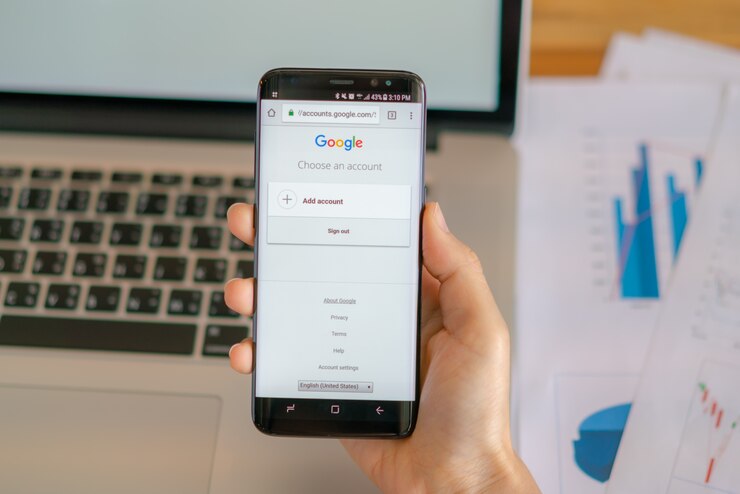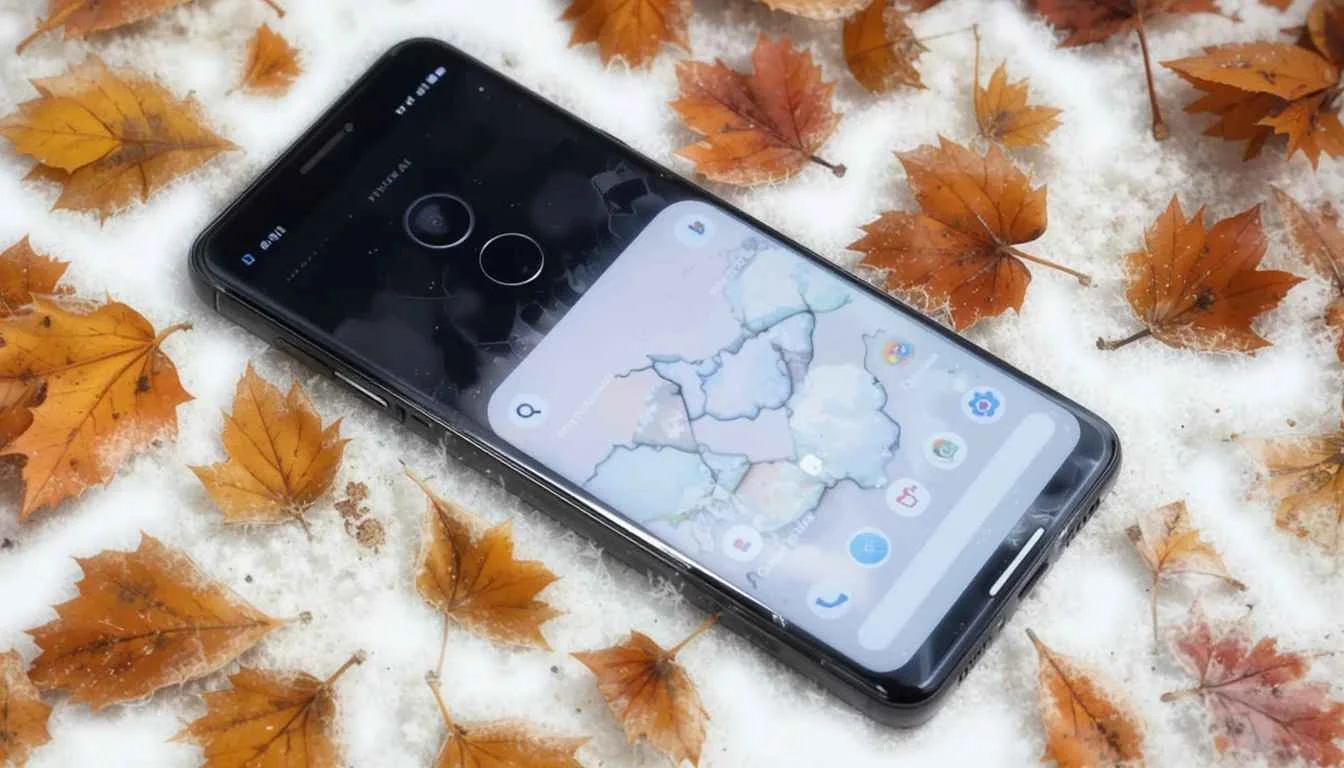The mobile browser is currently getting a massive visual refresh with the use of Material 3 Expressive design globally. A more contemporary, dynamic, and visually interactive experience in the familiar interface of Google Chrome.
This is an already established new aesthetic that already appears on numerous first-party applications, such as Google Photos or the Google Phone app.
What is Material 3 Expressive?
Material 3 Expressive is a spin-off of Google Material You design language. It does not merely end after the moving color. However, it adds some other touch of visual appeal and personality. Key elements include:
Circular and Rounded Containers: Circular or pill-shaped containers are being used to surround many UI elements to provide visual contrast.
Segmented and Bouncy Animations: Interactions are smarter and fun with the new fluid animations and physics motion.
Emphasized Typography: Some parts of texts are becoming fatter and bigger to attract attention and establish a more prominent information hierarchy.
Clean Color Palette: The system of colors is applicable to a more vibrant, yet more accessible color base, with softer dark motives and more delicate use of color in general.
Key Changes in the Chrome Interface
The Expressive tweaks in Material 3 are most evident in the important sections of the application:
The Overflow Menu
When opening the three-dot overflow menu, the biggest changes can be visible. The most important items, such as go forward, bookmark, download, and refresh, are now stored in circular boxes at the top of the menu.
This contrasts these more commonly used buttons with the longer list of options below, which is easier to see and tap.
Tab Grid and Tab Groups
There is also a Tab Grid page. This is the page where users manage open tabs, and it is also getting a new coat of paint.
The new tab button now has a rounded square container, and the tab switcher, Incognito, and Groups are also contained in separate containers.
One interesting adjustment to the tab groups is that the color you choose to use on a tab group is now applied to the frame of the whole card, not a small dot. This makes it an even greater visual contrast.
Rollout and Availability
These Material 3 Expressive tweaks are slowly being released to users. The changes, like is normal with Google updates, are being rolled out in the beta and dev channels of Chrome first before they are delivered to the stable version to all users.
Google Chrome version 139 and later has been noted to possess these new features. The changes can be verifiable on the Google Play Store, or they can join the Chrome Beta program to access those changes early.
Conclusion
The Material 3 Expressive Chrome on Android update is one in a series of bigger, company-wide initiatives by Google to standardize the design of its products.
These changes are a sequence of thought-out improvements. These improve the experience of using the browser by making it more up-to-date, visually consistent, and interactive.
These updates demonstrate that even a classic application. Chrome can use a new design language that puts a high value on a pleasant and easy-to-use user experience.
FAQs
Is this the entirely new version of Chrome?
The functionality and the features of the Chrome browser are similar.
What are the most conspicuous visual changes?
The biggest changes are to the three-dot overflow menu. It has circular buttons for common actions. This is where the cards of the tab groups have a stronger color theme.
What about the new tab group colours?
The color you pick in the Tab Group in the revised design is applicable to the whole frame of the card in the Tab Grid view.
Does this upgrade result in any change in my browsing rate or performance?
These are mostly the changes in visuals and UI. It does not mean that the new design will make a major difference in your browsing speed.
How will I put this new design on my phone?
By updating your Chrome app in the Google Play Store, you can make sure you have the update.
Are these changes available on all Android phones?
The implementation is not immediate; thus, not all users will notice the changes simultaneously.
